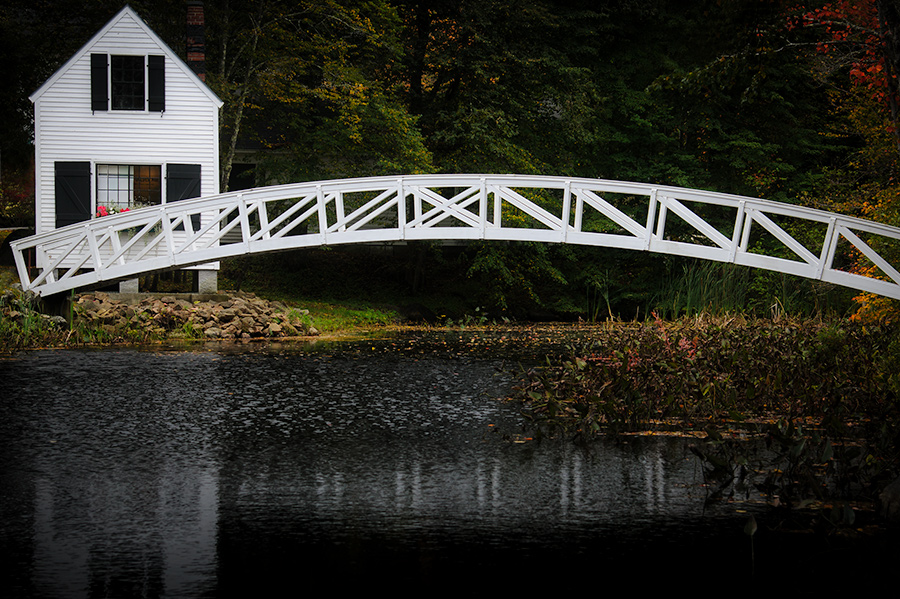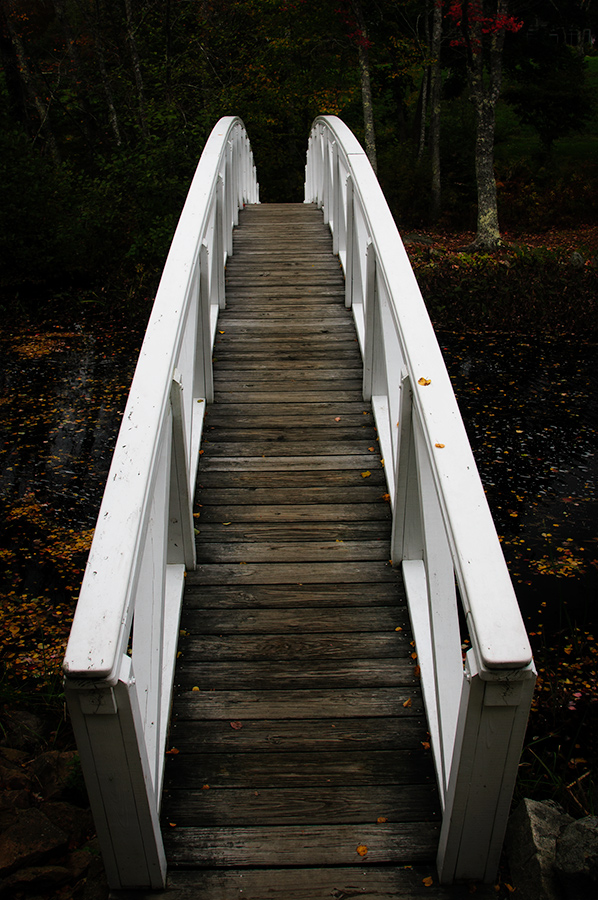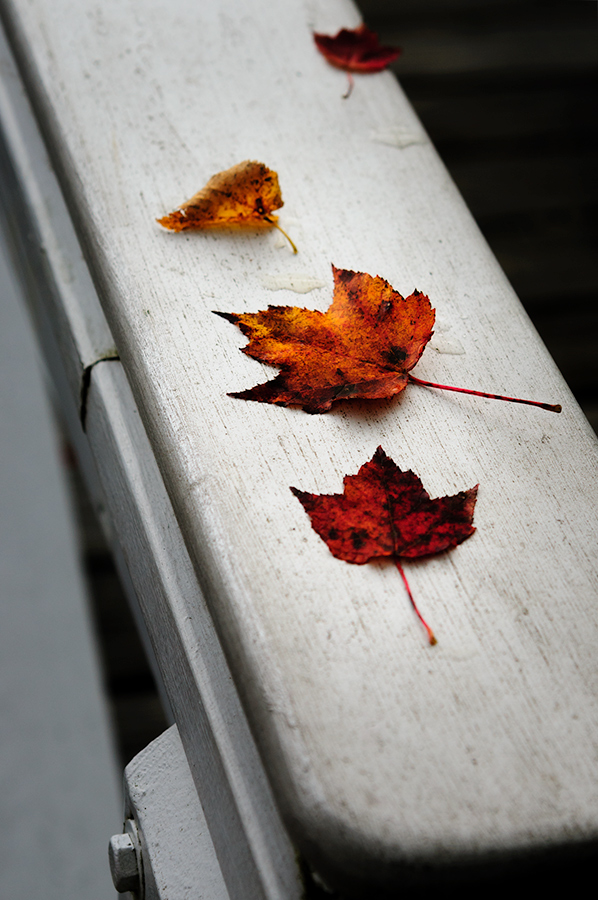
My first photo gives you an idea how we saw the Black Canyon of the Gunnison the day after the shots in my last blog post were made. There is nothing exciting about this photo, except maybe for the location itself, but the light is just not very flattering. There wasn’t really a need to make photos that I wouldn’t use anyway here in the blog, in a book, or most important as a large print on the wall. However, I still make these clicks for my own documentation and memory. I want to be able to remember locations and shooting angles in order to be better prepared if I go to the same place another time.
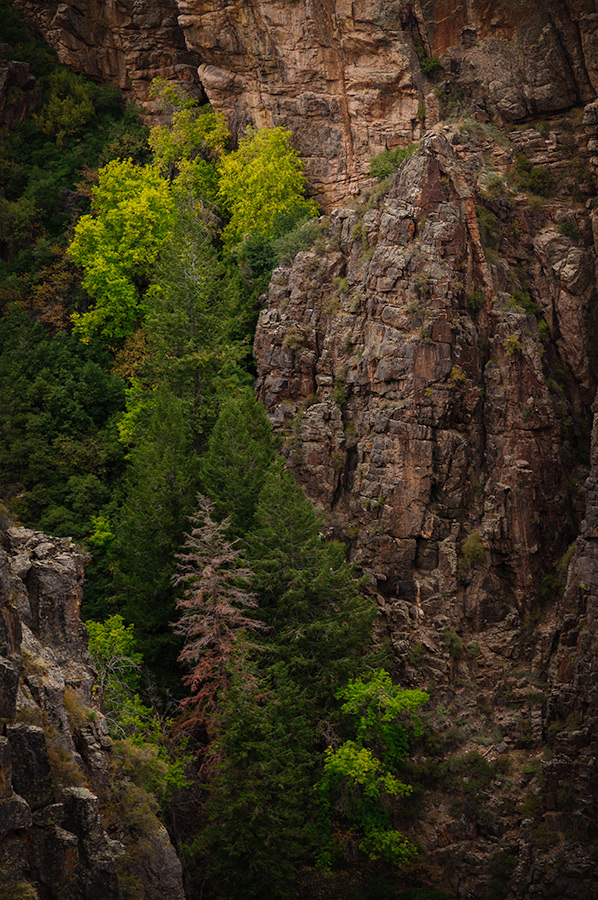
The landscape on the rim of the canyon is desert-like and fresh colors are not there in abundance during an overcast, as easily seen in the first photo. There is much more to the canyon than just the rocks and looking out for other subjects is important on a day like this. The south rim of the canyon is at an altitude of about 2500 m (~8,300 ft) and fall comes early. The first leaves started turning yellow already in the first half of September during our visit and pointing the lens into this gully lead to the photo above.
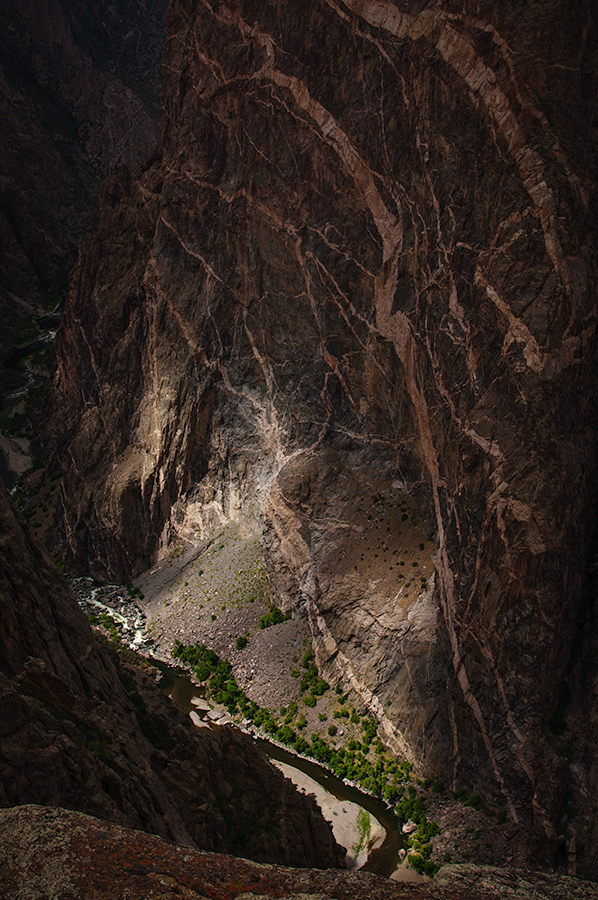
Painted Wall, the highest cliff in Colorado, with its patterns is probably the most iconic view of Black Canyon National Park. These patterns were created more than a billion years ago when molten rock was intruded into fractures and joints in the existing rock, then cooled and hardened. I made several clicks and because of the gray overcast I was thinking black & white for a final image. Everything changed all at once when the sky broke and the sun sent its rays through the layer of clouds to the bottom of the canyon. Suddenly the gigantic rock wall revealed its beauty and told the story why people called it “Painted Wall” much better.
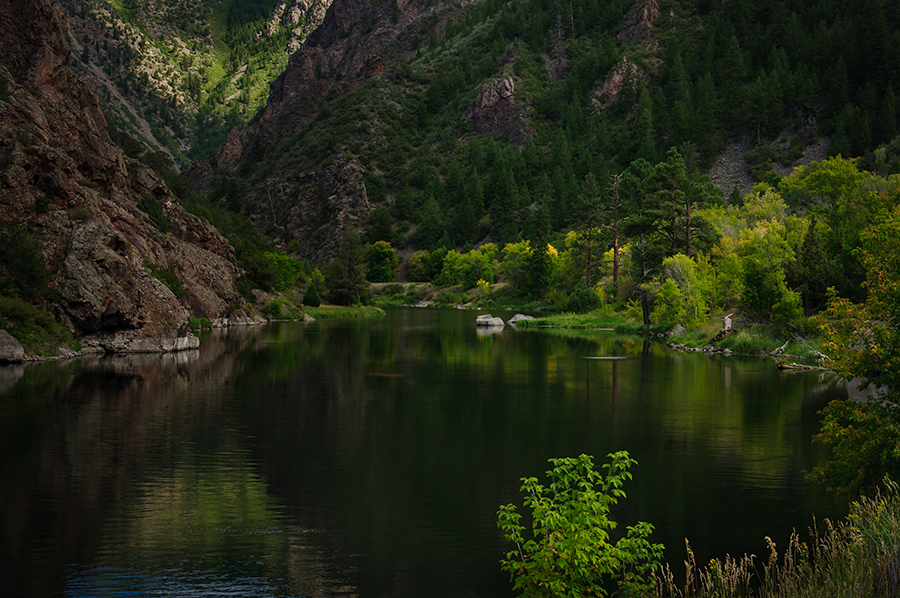
East Portal Road leads to the bottom of the Black Canyon, down to the Gunnison Diversion Dam. A tunnel through the rocks from there to the Uncompahgre Valley delivers water for irrigation since 1909. The water of the Gunnison River at the dam is more quiet and after spending hours up on the dry rim it was a pleasure to see green and yellow reflecting in the cool water...

